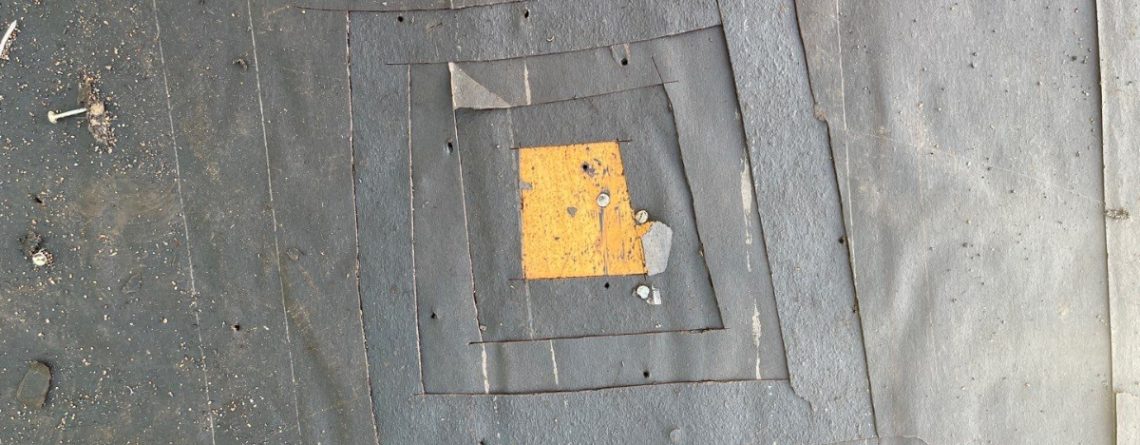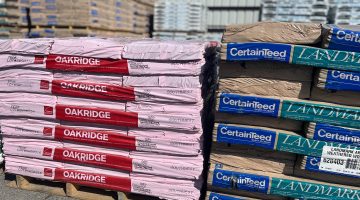
Introduction: Roofing felt, also known as roofing underlayment, is a crucial component of a building’s roof system. It serves as a protective barrier against moisture, helps with insulation, and contributes to the overall durability and longevity of the roof. However, when multiple layers of roofing felt are installed, certain consequences can arise. This article explores the potential repercussions of utilizing multiple layers of roofing felt and highlights the importance of adhering to recommended guidelines and best practices.
- Reduced Breathability: One of the primary concerns associated with multiple layers of roofing felt is reduced breathability. Roofing felt acts as a vapor barrier, preventing moisture from seeping into the underlying structure. However, when multiple layers are added, the ability of the roof to breathe is compromised. This can result in trapped moisture, leading to the accumulation of mold, rot, and degradation of the roof’s structural integrity. Insufficient breathability also affects energy efficiency, as proper ventilation is crucial for maintaining a well-regulated indoor environment.
- Increased Weight and Strain: Another consequence of multiple layers of roofing felt is the increased weight and strain on the roof structure. Each layer of roofing felt adds additional weight, which can exceed the design limits and compromise the load-bearing capacity of the roof. This excessive load can lead to sagging, cracking, or even collapse, particularly in older or weaker structures. Moreover, the additional weight can strain the roof’s framing and increase the risk of damage during extreme weather events, such as heavy snowfall or high winds.
- Compromised Adhesion and Stability: Multiple layers of roofing felt can result in compromised adhesion and stability of the roofing system. The additional layers create uneven surfaces, making it challenging to achieve proper adhesion between the roofing materials, such as shingles or tiles, and the underlying layers. Insufficient adhesion can lead to water penetration, leaks, and premature deterioration of the roofing system. Moreover, the unstable nature of multiple layers can make the roof more susceptible to damage from external forces, such as foot traffic during maintenance or severe weather conditions.
- Increased Costs and Maintenance: Utilizing multiple layers of roofing felt can also have financial implications. The installation of additional layers requires more materials, labor, and time, resulting in increased costs for homeowners or building owners. Moreover, the compromised performance of the roof due to multiple layers may lead to frequent repairs, replacements, or premature roof failure, necessitating further expenditures. Additionally, the maintenance of a roof with multiple layers becomes more complex, as inspection and repair become more challenging due to the added obstacles and hidden issues beneath the layers.
Conclusion: While roofing felt plays a vital role in protecting the roof and the overall structure, the consequences of multiple layers of roofing felt should not be overlooked. Reduced breathability, increased weight and strain, compromised adhesion and stability, and heightened costs and maintenance are potential outcomes of utilizing multiple layers. To ensure the longevity, efficiency, and durability of a roof, it is essential to adhere to recommended guidelines and industry best practices when installing roofing felt. Proper planning, professional consultation, and regular maintenance can help mitigate the negative consequences associated with multiple layers and ensure a reliable and effective roofing system.











